10 Early Technologies That Shaped Our Digital World Today
Today we will take a trip back to our childhood days and have a look at the technologies that used to fascinate us (and still do today, for different reasons).
Each of the technology has since been substituted with better gadgets or systems, but the significance they contributed to their field of use may never be replaced.
1. Portable Music
The Walkman and Discman were essentially the predecessor to modern day iPods. The Walkman lasted less than 35 years.
Walkman
The Walkman TPS-L2 was the first portable audio cassette player that the world had ever seen. Sony had sold 220 million units worldwide since its introduction in the 1979. Back then, Sony had predicted a sales rate of 5000 units per month, but instead, a whopping 50,000 units were sold within the first two months.
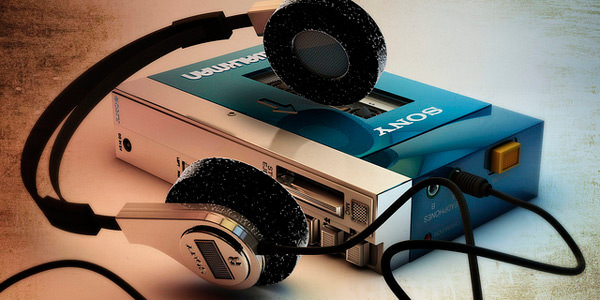
That was perhaps not surprising given that it was the first time people could listen to music on-the-go. We were no longer confined to listening to music on the radio at home or in the car; the walkman allowed us to bring our favorite music on the bus or train, or when out for a jog. It was such a popular device in the 1980s that the term ‘Walkman‘ was officially included in the dictionary in 1986.
Discman
It got some competition from the Discman, as CDs gained popularity in the early 80s. In 1984, the D-50 portable Compact Disc (CD) player of the Sony Discman was introduced. It had superior sound quality and the ability to skip tracks, giving users the choice to opt for higher quality audio formats. By 1999, Sony had shipped more than 10 million units worldwide.
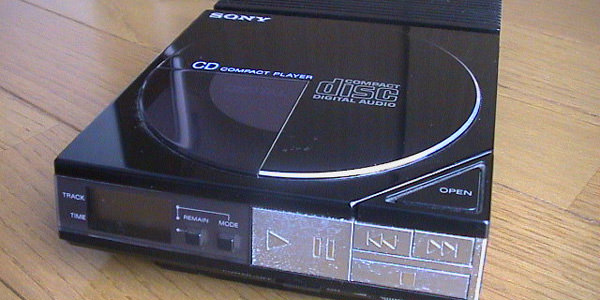
The shift from physical audio storage to mp3 players began in 1997 with MPManby SaeHan Information Systems, giving music lovers ease of access to music and larger storage space. The Walkman was discontinued in January 2013 followed by CD players that went out of fashion as soon as Apple introduced its most advanced music player – the iPod.
2. Video Home System (VHS) technology
VHS was a household item for about 35 years. Users back then knew how horrible it was to ‘programme a VCR’.
Have you heard of the videotape format war? What initially began as a joint collaboration between JVC, Sony Corporation and Matsushita Electric (aka Panasonic) to create a home video standard for the Japanese consumer eventually fell apart – JVC eventually developed VHS (1973) and Sony developed Betamax(1975).
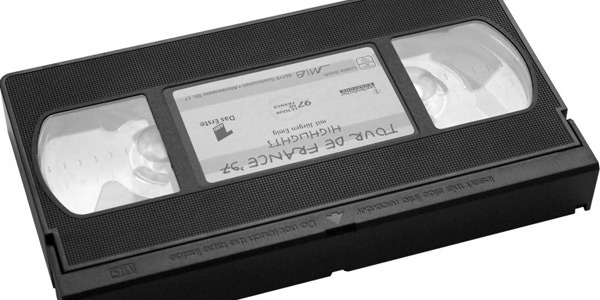
In 1980, the total number of videocassette recorder (VCR) units sold for VHS and Betamax formats were level at 10 million units each. But a mere 8 years later, VHS had the lead with over 200 million units; Betamax remained stagnant at 25 million units since 1984. VHS became the agent that brought movies from the theatres to the living room.
The decline of VHS technology came about when it gave way to optical disc formats such as the VCDs (1993) and DVDs (1996). While many manufacturers still produce combination (DVD+VHS) units, the VHS standalone unit was discontinued in Oct 2008.
Nevertheless, even though the last major Hollywood motion picture released in VHS was in 2005 (A History of Violence), blank tapes are still sold in many places as VHS VCRs are still owned by many households today.
3. LaserDisc (LD) Technology
LD technology was the basis for the development of CD and DVD. The laser disc lasted only 23 years.
First marketed in 1978 and produced by MCA, it was first known as DiscoVision; the first LD player was produced by Phillips. LD technology produced higher-quality video and audio compared to VHS but was significantly costlier as well. Each laser disc was 30 cm in diameter. In comparison, today’s DVD are 12 cm across; the MiniDVD a mere 8 cm across.
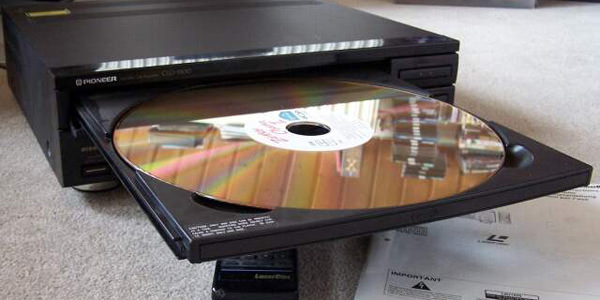
Back when the popularity of laser discs reached a slight peak in the 1990s, laser disc titles were often rented instead of purchased as it cost around USD100to own a piece. It’s no surprise that laser discs only lasted until 2001, ending with the last title ‘The Cell’. Pioneer ceased production of the LD players in 2009, leaving behind a public craving for more refined audio and video quality for movie titles releases.
4. Gaming
Nintendo Entertainment System (NES)
Although released in Japan in 1983, the U.S. would only see the Nintendo Entertainment System in 1985. Considered the best-selling console of its time, a total of over 60 million NES units were sold globally at the end of its run in 1995.
Famicom
The 8-bit video game console was an immediate hit when first released. In the Asian market, the console was marketed under the name ‘Family Computer’ or ‘Famicom’, except in South Korea, where it was known as ‘Hyundai Comboy’. By the end of 1984, Nintendo had sold over 2.5 million units of Famicom in the Japanese market.
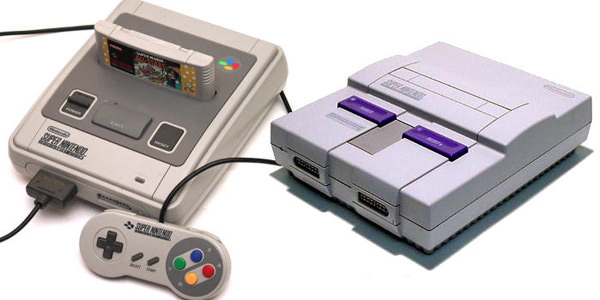
NES had developed video game hits such as Super Mario Bros. 3 (1988), which had grossed over US$500 million after selling more than 7 million copies in America and 4 million copies in Japan, earning itself the title of most successfulstandalone home video game in history.
More Games
In the 1990s, the next generation 16-bit video game consoles such as the Sega Genesis and Nintendo’s very own Super Nintendo Entertainment System were at its wake.
They inevitably took over NES’s position, but not without being influenced by the new standards it had set for video game consoles – their then new 4-way directional control pad are still on most video game controllers today including the Xbox and Sony PlayStation.
NES had also revived interest in video games for both adults and children after the video game crash of the early 1980s and even turned video games into a multi-billion dollar industry in only five years.
5. IBM PC Compatibles
The IBM Personal Computer came into the world in 1981, and in many ways was the first true ‘PC’ setting the standard for many future PCs that follow. The line of true IBM PCs were discontinued in 1987.
Its influence back then was so widespread that its release resulted in the development of IBM Compatibles by other computer companies. These clones duplicated the key features of the original IBM PC and incorporated MS-DOS (a separate version of the PC-DOS which was the OS for IBM computers).
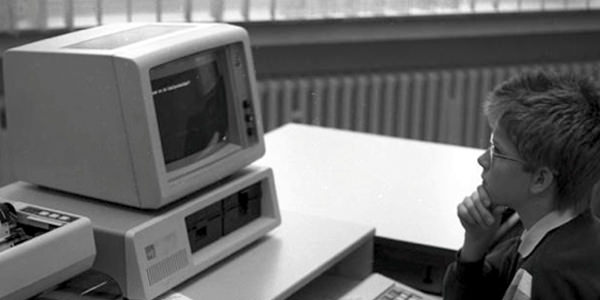
Many of these clones suffered from software and hardware compatibility issues. One notably successful clone was the Compaq Portable, which was not only 100% IBM PC compatible, but also offered the portability (the size of a sewing machine) which IBM did not provide.
6. Dial-up Internet Access / Modem
While we may joke about how long ago dial-up feels like, it was only first introduced to the public in 1989 by The World. If you are way too young to know what ‘dial-up’ is, click here to check it out.
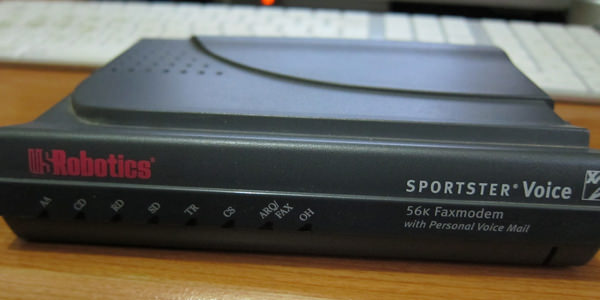
It was the best of times (yay, we’re connected); it was the worst of times (for the love of bacon, load!). Who could’ve forgotten how we mischievously termed World Wide Web (WWW) as the World Wide Wait because of its slow and insufferable loading times!
Need for Speed
Over the past decade, we watched as dial-up Internet access, made possible by 28.8k or 56k modems, get replaced by broadband access. Today, Singapore boasts the highest average peak connection at 60.39 Mbps, while the second-highest is Sweden with 46 Mbps. And Google Fiber plans to push the limit some more, to up to 1000 Mbps.
7. Floppy Disk Drive Diskettes
Frustrated because your 4GB pen drive is full? Well, back when floppy diskettes were a thing, we made do with less than 3MB per diskette (with an M, not a G). Nowadays, you rarely see a floppy disk drive in a new PC anymore.
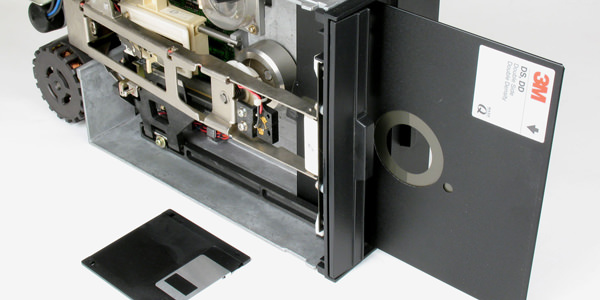
Before USB flash drives, memory cards, portable hard disk drives and CD/DVD storage, we used to store computer documents in portable floppy diskettes. The first floppy diskettes were commercially available in 1971 and were 8 inches in diameter. It became smaller over the years, decreasing from 5.25 inches (Shugart Associates, 1976) to 3.5 inches (IBM, 1982).
Before It Became The Save Icon
As the floppy diskettes became more compact, storage capacity increased from 80KB to 2.88MB. Even with such limited capacity, it did not stop the floppy diskettes from being the main means to transfer data into a computer – in fact, in 1997, there were 5 billion 3.5" floppy diskettes in use. As a result, many personal computers eventually came packaged with floppy disk drives.
Increasing software sizes demanded for larger storage capacity, giving rise to Iomega zip drives (1994), recordable CDs (CD-R) (1988) and rewritable CDs (CD-RW) (1997), all of which can carry hundreds of MB in storage. They have yet gone into extinction in some places (like Japan and India), the floppy diskette is still heavily used in the millions, but Sony has officially stopped production of floppy diskettes in 2009.
8. Cathode Ray Tube (CRT) Screens Monitors
If you’ve seen actors on TV watching a large box-sized thing with a screen, that’s the CRT monitor. Used both as a computer screen and a TV screen, CRT monitors were big for a good century before giving way to LCD monitors in the year 2000.
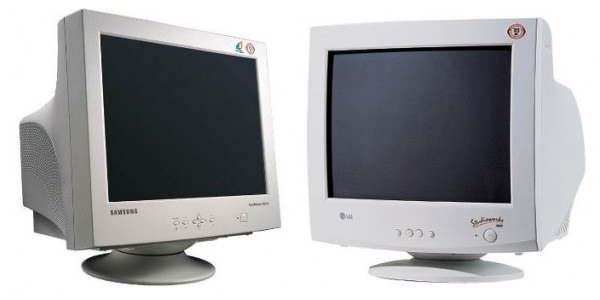
CRT technology goes as far back as 1897, when the first cathode-ray tube was built. After the technology was used for television sets in the 1930s, we came to use it as part of the personal computer in the 80’s. Previously known as video display terminals, CRT monitors displayed only between 4 to 16 colors in the early 80’s.
The Better Alternative
LCD monitors only came in hard in the late 90’s, bringing rise to laptops, and later on, standalone LCD monitors which showed displays with higher (and multiple) resolutions, minus the bulkiness, flicker and energy consumption. LCD flat panel technology has also produced much larger screens that remain thin and mountable on walls, pushing display sizes to 50 inches and beyond.
Sticking around
India has only slightly more LCD TV shipments (10 million) than that of CRT TV shipments (9.3 million) last year. Worldwide, the numbers stand at 84.2% LCD TV versus 9.9% of CRT TV. Also expect yourself to see CRT monitors sticking around in scientific settings where response speed is crucial, such as for the study of the brain’s visual processing (e.g. psychophysics).
9. Film-based Cartridge Cameras – Kodak Instamatic Series
Before camera phones and digital point-and-shoots, many photographers used film-based cartridge cameras. The last Instamatic model sold was the X-15F in 1988, and the 126 and 110 film formats were discontinued in 2008 and 2009 respectively.
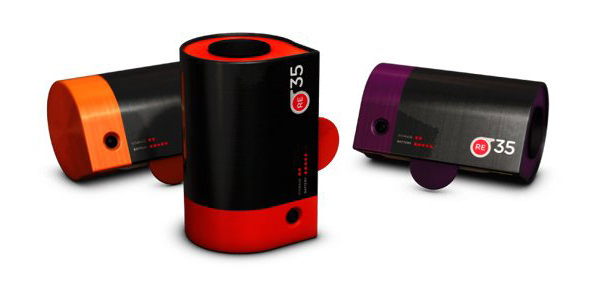
The Instamatic camera series featured the first cameras to afford automatic film loading, advancing and rewinding of the film. The most well-known cartridge film formats used were 126 for the bulkier and older camera (more than 50 million were sold in 1963-1970), and 110 for the lightweight and compact Pocket series (25 million sold in its first 3 years).
One might say that Kodak’s innovation of the cartridge film format and the popularity of its Instamatics brought point-and-shoots cameras to the limelight. And the digital onslaught came in and wipe them clean. Kodak discontinued most of its film production in the mid-90s all the way until the last Kodachrome roll ever to be produced in 2009. Look here to see what was caught in the last roll of Kodachrome film.
10. Dot Matrix Printers
The earliest computer printing was that of dot matrix printing or impact matrix printing which first emerged in 1970. In the mid-1990’s, it gave way to inkjet printers.
The world’s first dot matrix printer that had speeds of 30 characters per second (c/s). Before the 1990s, these dot matrix printers were the most frequently used printers for home computers, despite the availability of laser printing and inkjet printers.
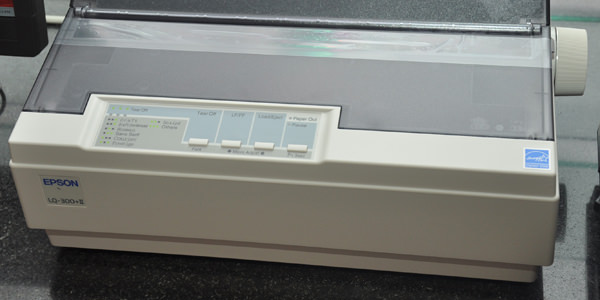
From Type To Print
The printers function similarly to that of typewriters. The printing mechanism involves impact caused by hitting an ink-soaked cloth ribbon against the paper with a print head. However, the dot matrix allowed the printer to churn out more than just fixed lettering, it could produce various fonts and graphics as well.
After necessary patents expired, and the printing industry got hold of the inkjet technology, dot matrix printers faced competition from inkjet printers due to its quieter and faster printing operations. The printer was also easier to operate and troubleshoot. Nevertheless, we still see much of dot matrix printers in use as point-of-sales devices, cash registers and ATM machines among others.
The proliferation of dot matrix printers resulted in the marriage of home printers with personal computers, giving users immediate printing facilities from the comforts of home and the office.

ReplyDeleteLà Đặc Sản Quảng Bình nổi tiếng được trồng trên những cát trắng của Xã Hải Ninh, Huyện Quảng Ninh, tỉnh Quảng , khoai deo Hải Ninh nổi tiếng khắp ba miền bởi hương vị thơm ngon hảo hạng mà hiếm có loại khoai deo nào sánh bằng. Nguồn gốc khoai nguyên liệu tạo nên hương vị của khoai deo. Có lẽ chính cái nắng, cái gió từ tự nhiên đã tạo nên hương vị đặc biệt: bùi bùi, vị ngọt lắng sâu trong làm mê mẩn thực khách. Khoai Deo Hải Ninh, Quảng Bình là món quà tinh tế gửi tặng bạn hiền, tri kỷ, gửi gắm biết bao tình cảm chân thành của mảnh đất và con người miền nắng và gió Quảng Bình. Là một người con của vùng đất Hải Ninh, Quảng Ninh, Quảng Bình, Chúng tôi mong muốn được góp một phần nhỏ bé của mình vào việc quảng bá đặc sản quê hương đến mọi miền tổ quốc. Chúng tôi chuyên cung cấp sản phẩm Khoai Deo Hải Ninh với chất lượng vượt trội, được thu mua tận nơi sản xuất. Đảm bảo không sử dụng các chất có khả năng gây nguy hiểm cho sức khỏe con người.Chúng tôi mong muốn được phục vụ quý khách hàng trên toàn quốc một các tốt nhất. Nếu quý khách có nhu cầu mua sản phẩm giá sỉ, vui lòng liên hệ với Hotline để đươc tư vấn
Thông tin liên hệ đại lý bán khoai deo Hải Ninh: Tiểu Khu 5, thị trấn Quán Hàu, Quảng Ninh, Quảng Bình
Hotline: 0979.453.416 (Ms Trúc)
Fanpage: https://www.facebook.com/khoaideongonquangbinh